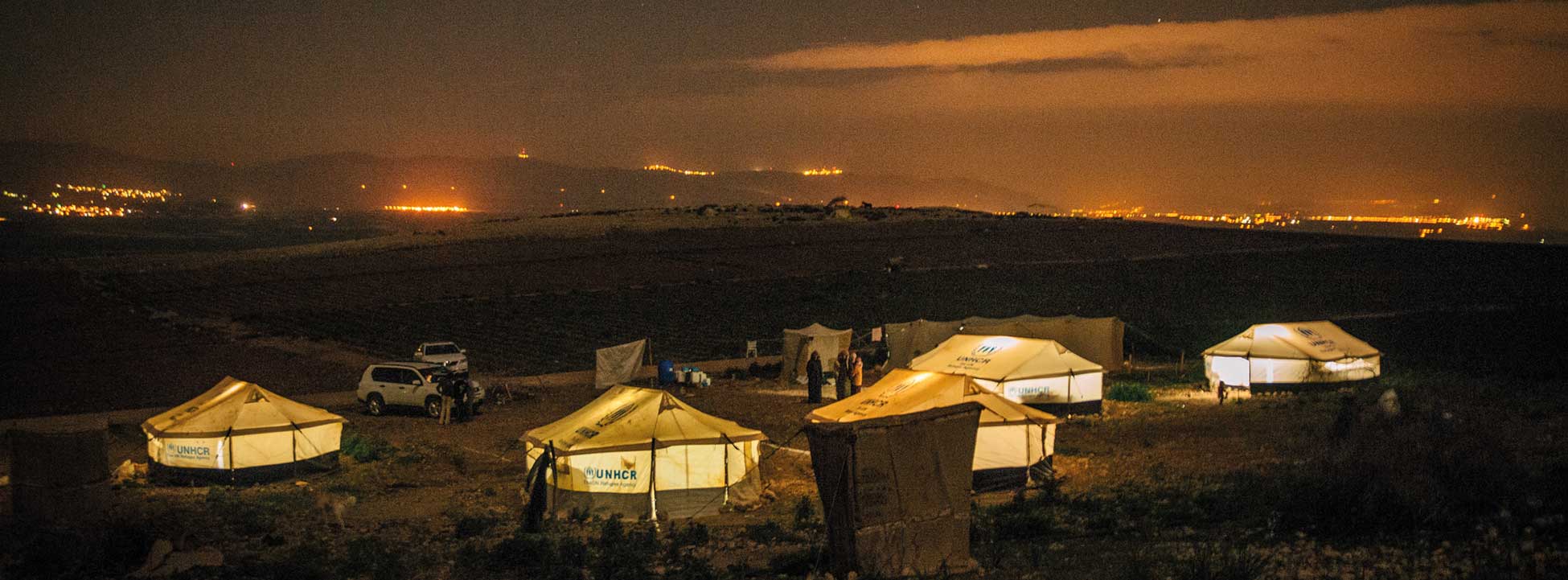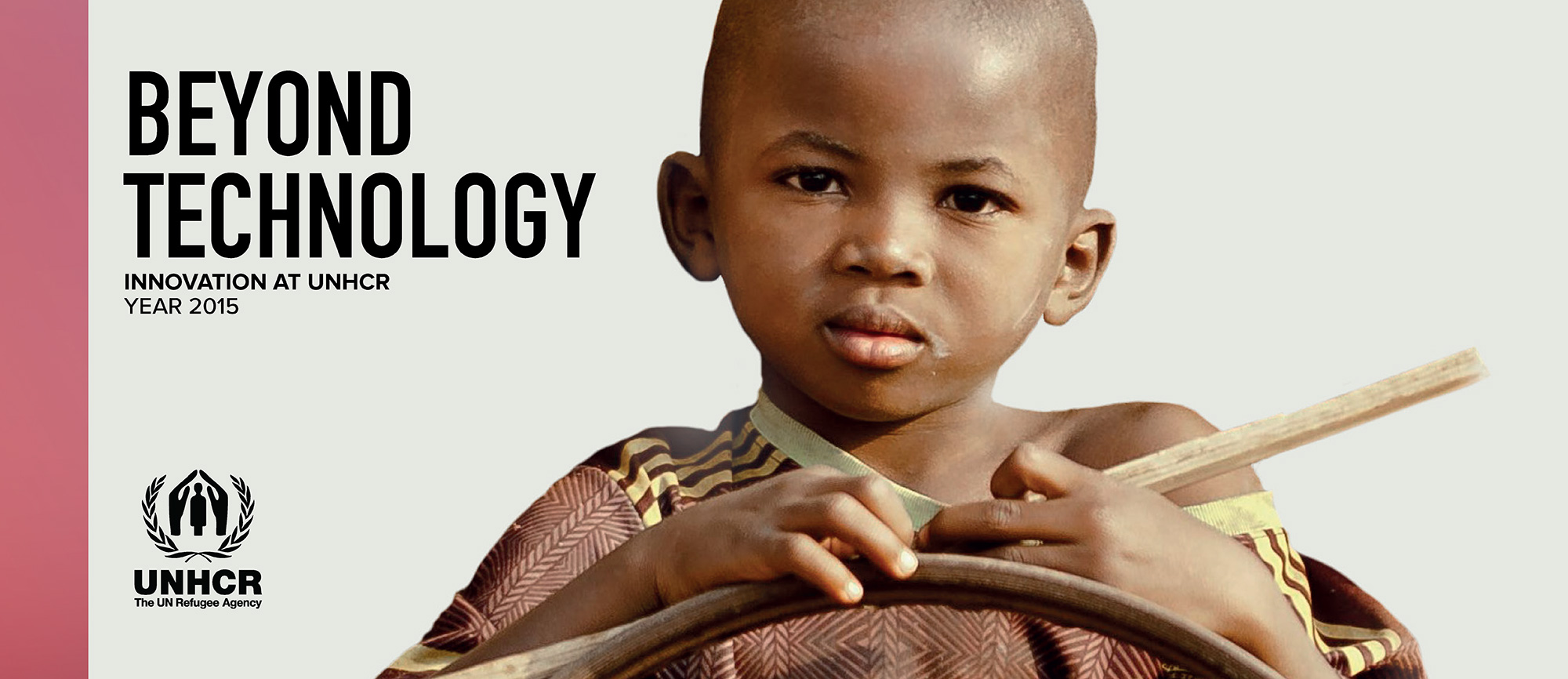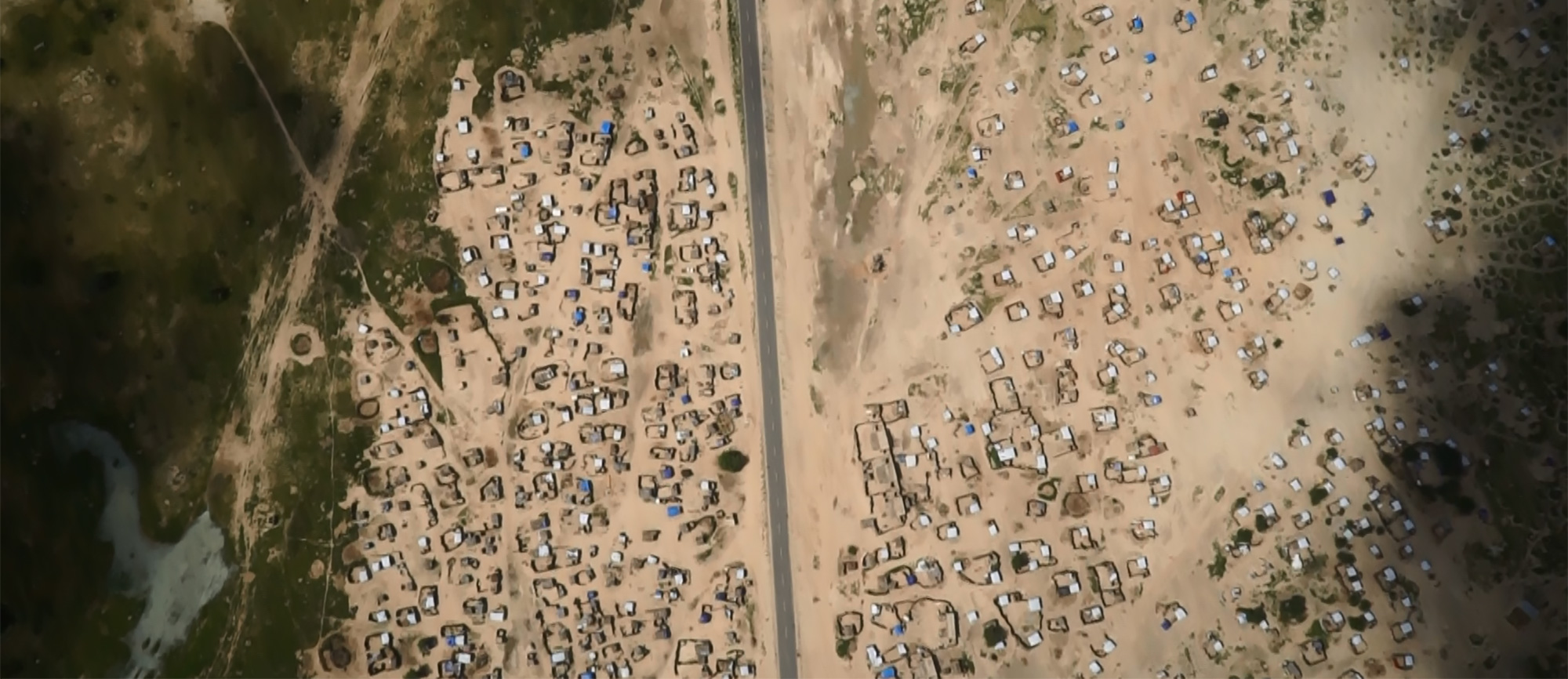Refugees have reported that, thanks to solar streetlights in the refugee camps around Dollo Ado, Ethiopia, there’s now more freedom of movement in and around the camps.
Security has increased and people can go to the market, read, or study at night – activities that many of us take for granted, but are still huge luxuries for Dollo Ado’s 200,000 residents.
From discussions with refugees, we’ve learned that just about everyone likes the solar powered streetlights, and a number of electricity providers have also installed street lighting in and around marketplaces. However, there’s still room for improvement. For one, there just aren’t enough of the solar streetlights to go around, and two, the placement of the streetlights is less than optimal.
In Bur Amino camp, for example, 22 streetlights have been installed within the camp boundary. However, 11 of these lights have been placed in the compounds of partner organizations and in the host community, leaving just 11 lights to serve 40,000 people – over 3,500 people per light!
So, how do we provide sufficient levels of light at the household and community level?
In September 2014 UNHCR’s Energy & Environment Unit and the Energy Lab launched a prototype training program to teach a group of 11 refugees and members of the host community in Dollo Ado to manufacture solar powered lanterns and street lights. We collaborated with Liter of Light, a Filipino organization, because we thought their community-based approach to manufacturing solar lights was effective and one of the few examples to reach international scale.
Here are 4 lessons we learned from this mission.
1. Clearly define roles & responsibilities among partners.
Prototype projects often involve working with new partners. And we’ve learned a number of important aspects with regards to partnership management. The biggest lesson learned is to ensure that roles and responsibilities are clearly understood. Additionally, we’ve learned that it’s important to put accountability mechanisms in place. This should be done through written confirmation that goes beyond an agreement on the Terms of Reference (TORs). When roles and responsibilities are defined, expectations are also better managed.
2. Planning fixed deadlines leads to better decision-making.
Certain fixed deadlines should be included in planning documentation. These should be seen as go/no-go points and linked with project-specific criteria to allow for transparent decision-making and to help hold partners accountable for poor performance. This could be a decision-making tool and may take the form of a check-list.
3. Be prepared.
Preparation is critical to any successful process and project – particularly those focused around training. Preparation measures such as; procurement, development of training materials, and the setup of a training space should be put in place ahead of time. If this is not the case, alternative arrangements should be made until such a time exists that they are. This needs to be linked with expectations and accountability mechanisms outlined above, especially when partners are responsible for preparation activities.
4. Implemented projects should be owned by field operations.
It is essential that proposed solutions are implemented only when there is sufficient local capacity in field operations and it is important to explain exactly what this will entail. This is important not only for implementation, but also with follow-up and, in this case, transition towards ownership and sustainability.
If you’d like to repost this article on your website, please see our reposting policy.









